We are very excited to be back completing some STEM challenges! STEM activities give us a chance to practise our Science, Technology, Engineering and Maths skills and to have some fun 😊 Check out our first STEM challenge of the year in Ms. Kane’s class below!
For our first challenge we were given the task of designing of a tin foil boat that could float while holding a number of cube blocks. It appeared to be an easy challenge at first but it required some careful consideration when it came to designing and making the boat so that it could take the weight of multiple cubes.
We planned out our designs carefully and discussed what features our boats needed – sturdy bases, high walls and no holes! We sketched our designs to help keep us on track and then we began to build. When we were happy with our creations, we predicted how many cubes our boats could hold whilst remaining afloat. We poured 2 litres of water into a box and began to test the strength of the tin foil boats. We were surprised that the boats could remain floating with lots more cubes aboard than we had originally estimated.
We then had the chance to make our designs even better and challenged ourselves to make improvements so that the tin foil boats could hold even more cubes. Designing and redesigning is a very important part of every STEM challenge and allows us to improve on our work – just like real life scientists and inventors do.
Most teams chose to create higher walls in the tin foil boats so that as they began to sink, it took a while for water to make it’s way into the designs.
We were very proud of our efforts when we confirmed that every team made adjustments that meant their boats could hold far more cubes the second time.
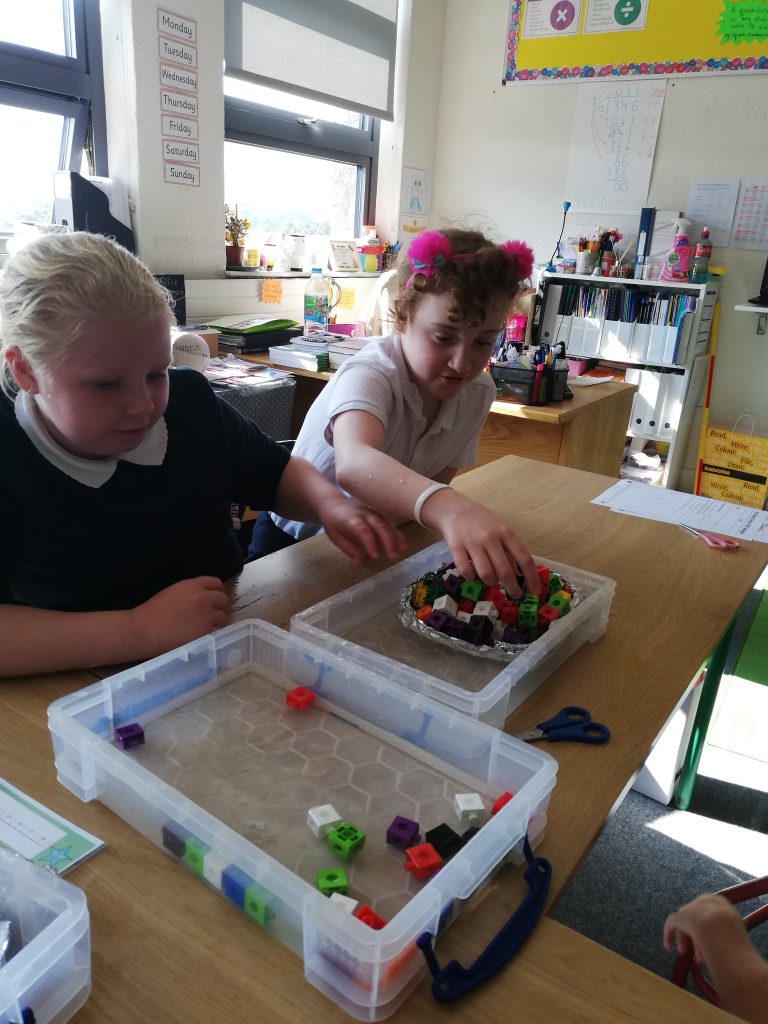
sdr 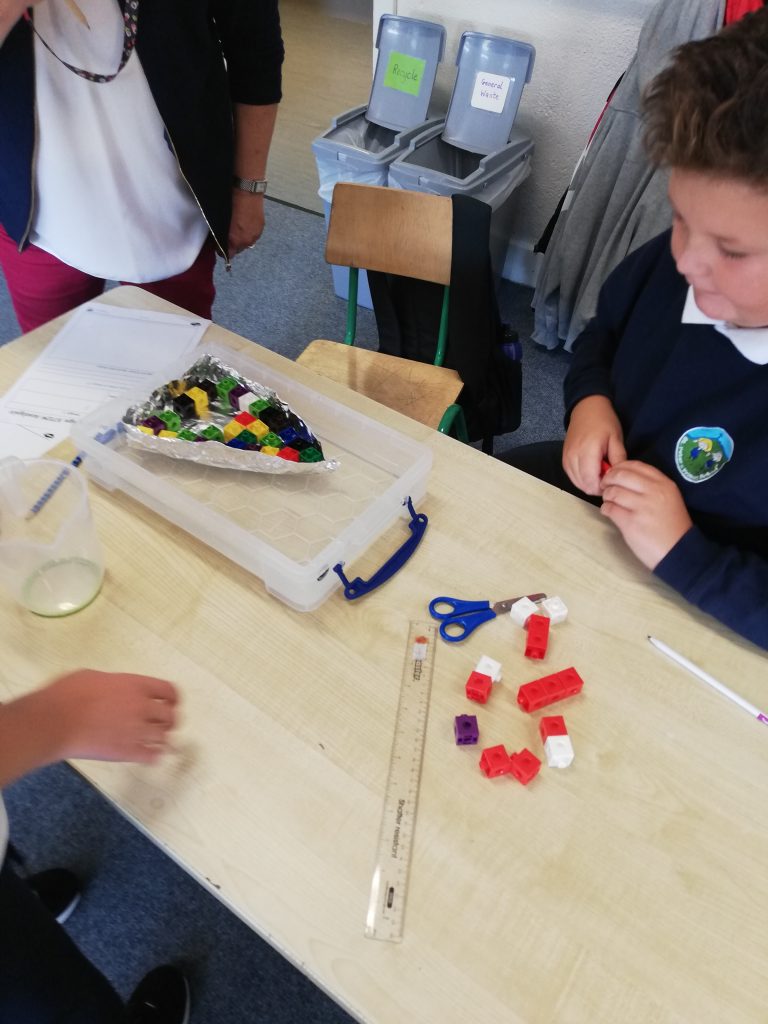
dav
We discussed gravity and how gravity pulls everything on Earth down. That’s why we don’t float around, like astronauts in space do. We also learned a new term ‘buoyancy’. This refers to the way in which some objects can float on water. When our boats were empty they were buoyant and as we added cubes to the boats, gravity took over as the more powerful force and pulled the boat into the water – sinking it when we added too many cubes. We kept a careful count while observing when this occurred and recorded our scores so that we knew just how many cubes the boat could hold while still floating.
Take a look at our display outside our classroom that explains just how we carried out this design and make STEM challenge.


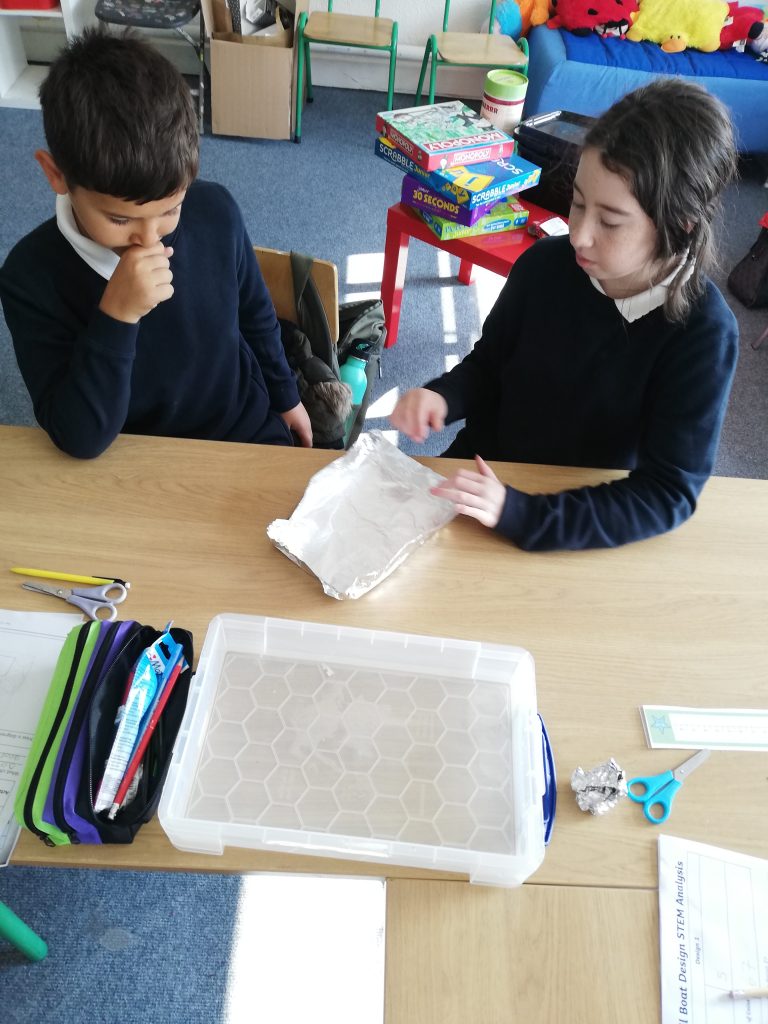
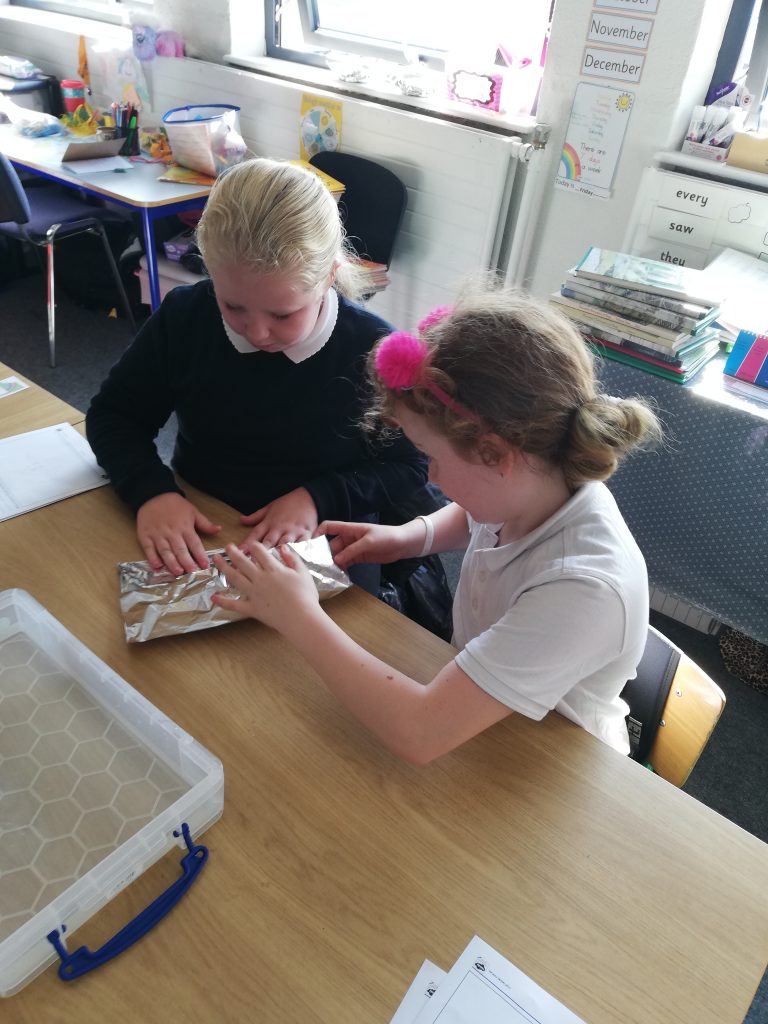
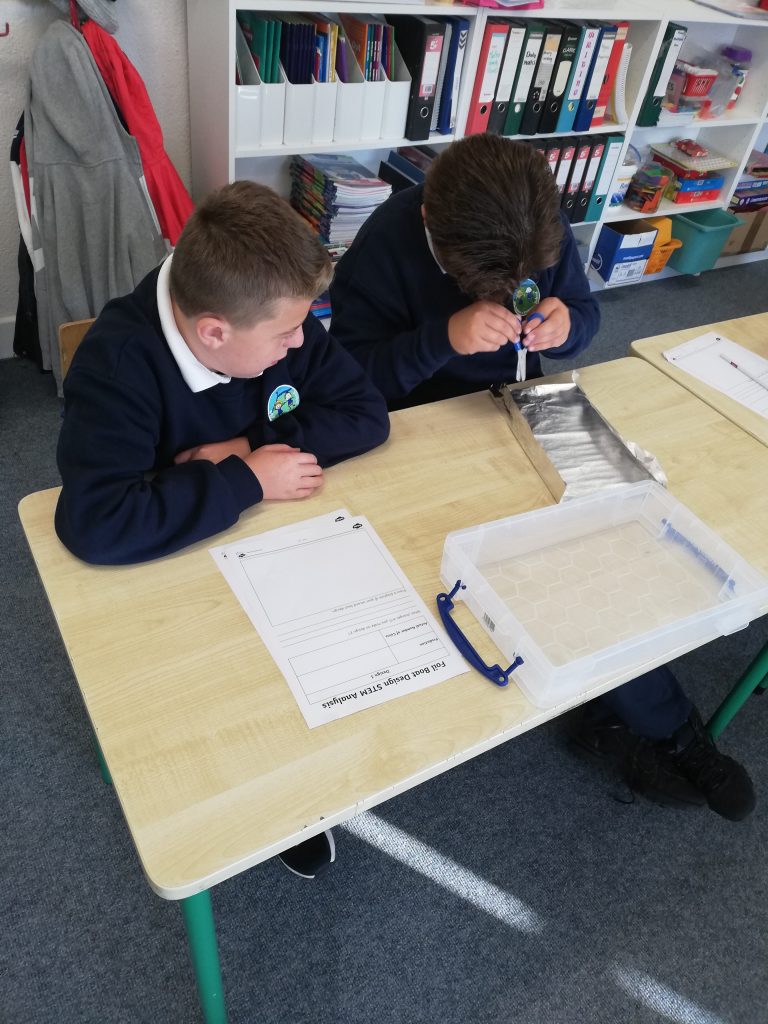
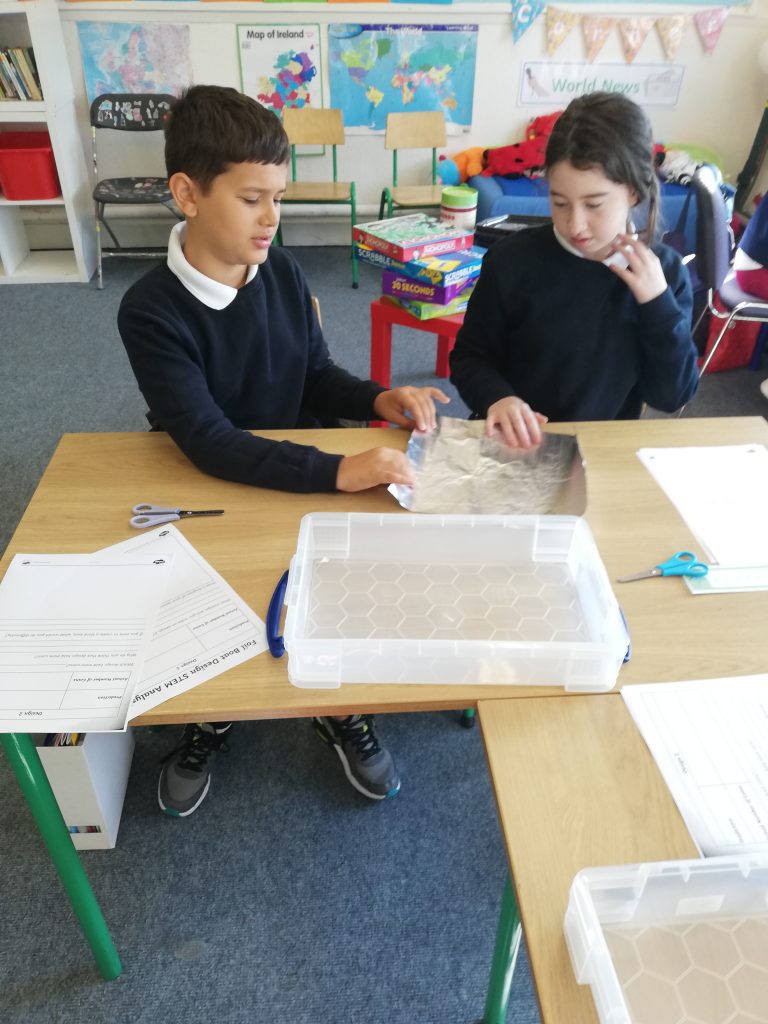
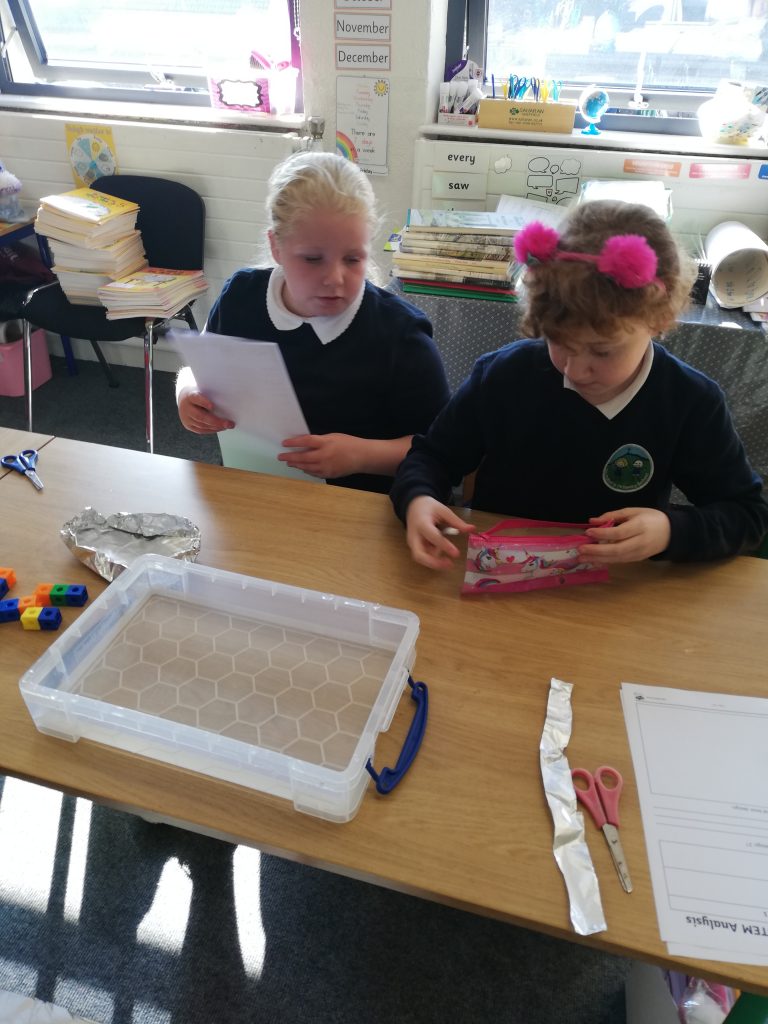
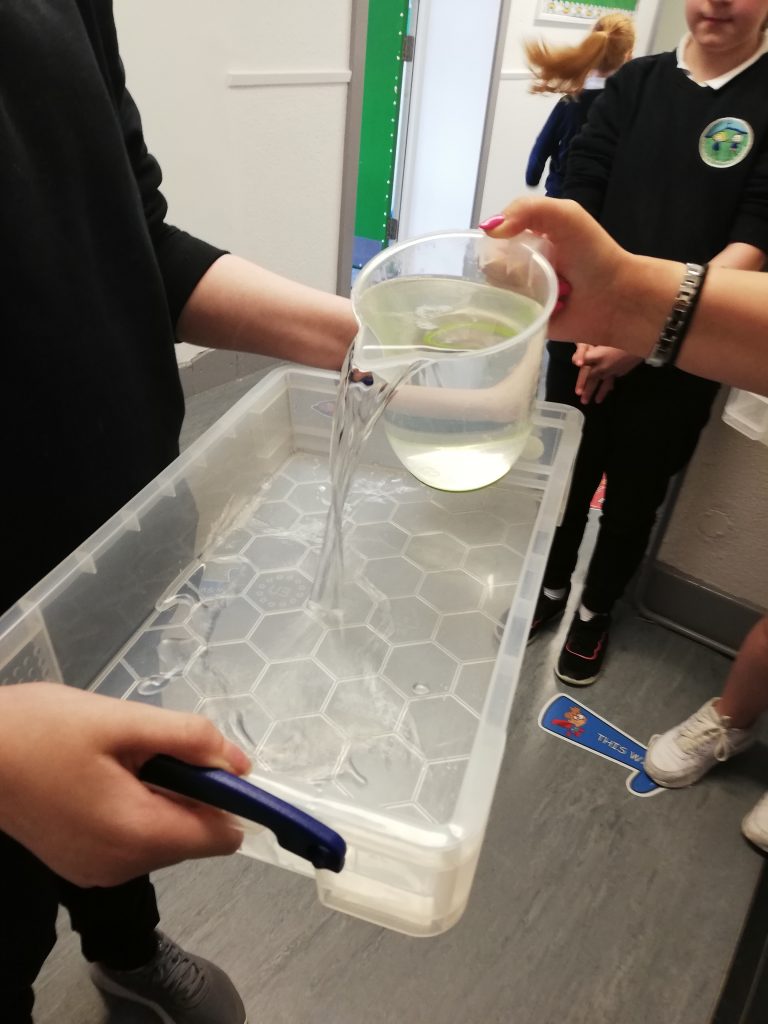
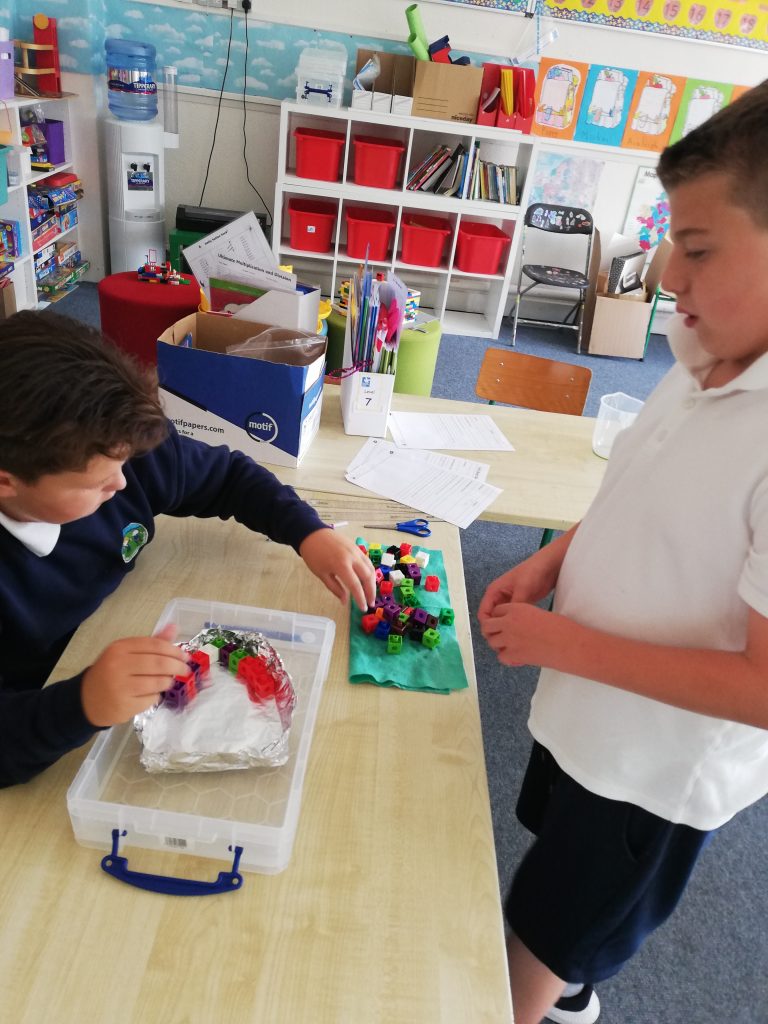
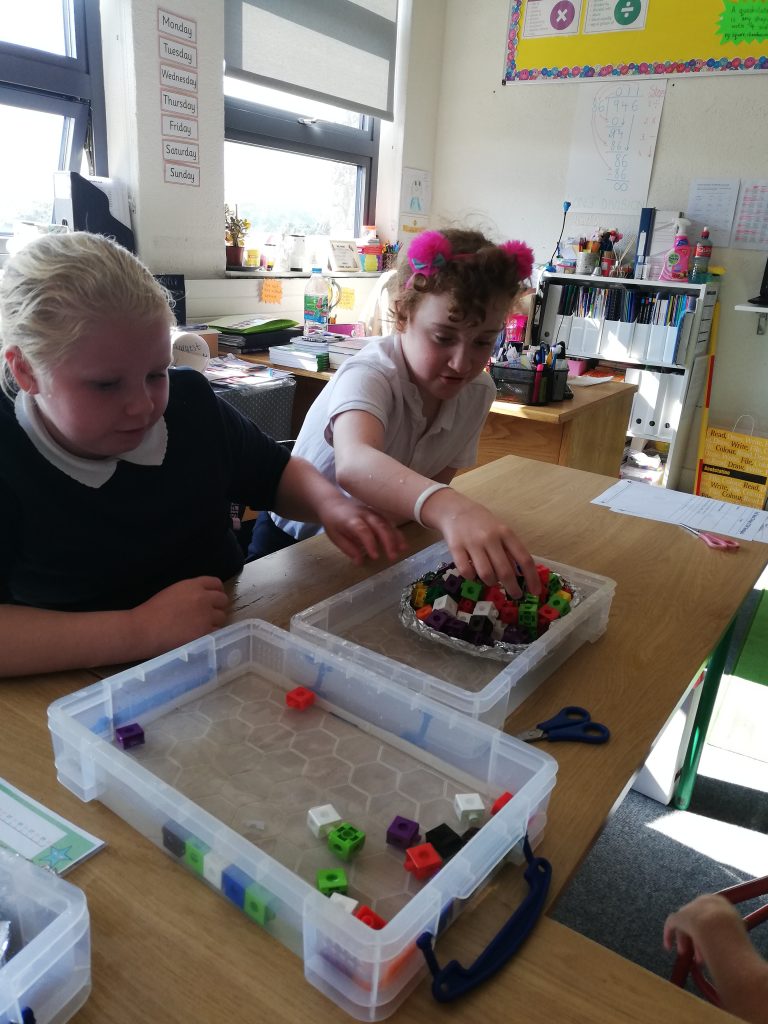
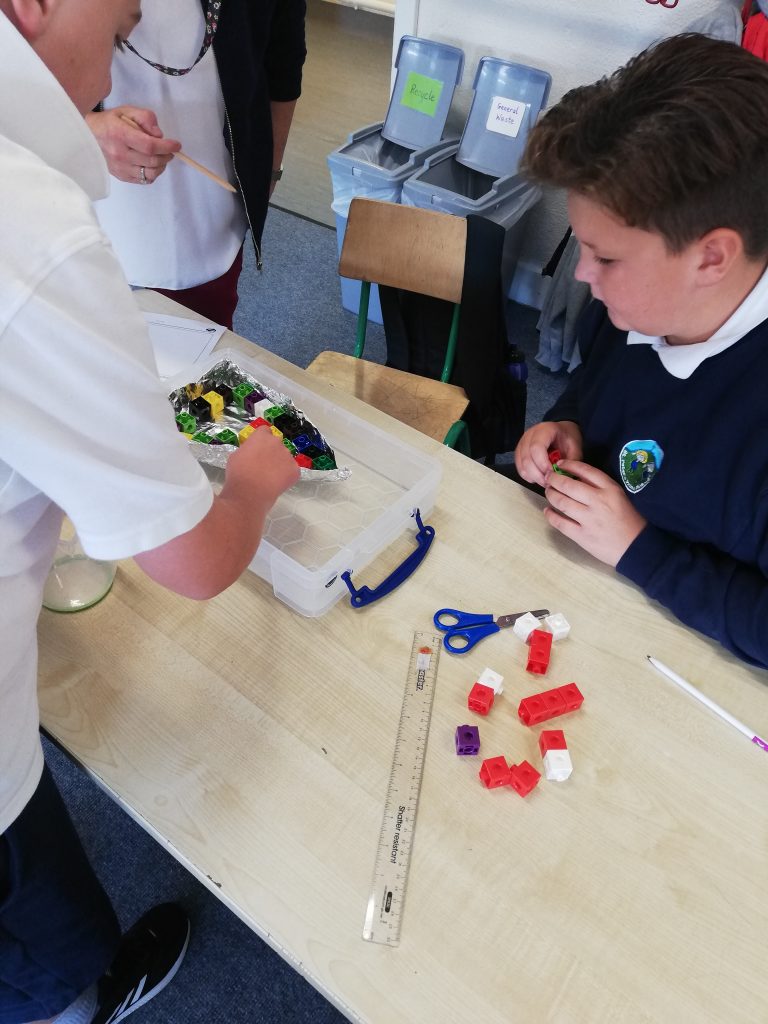
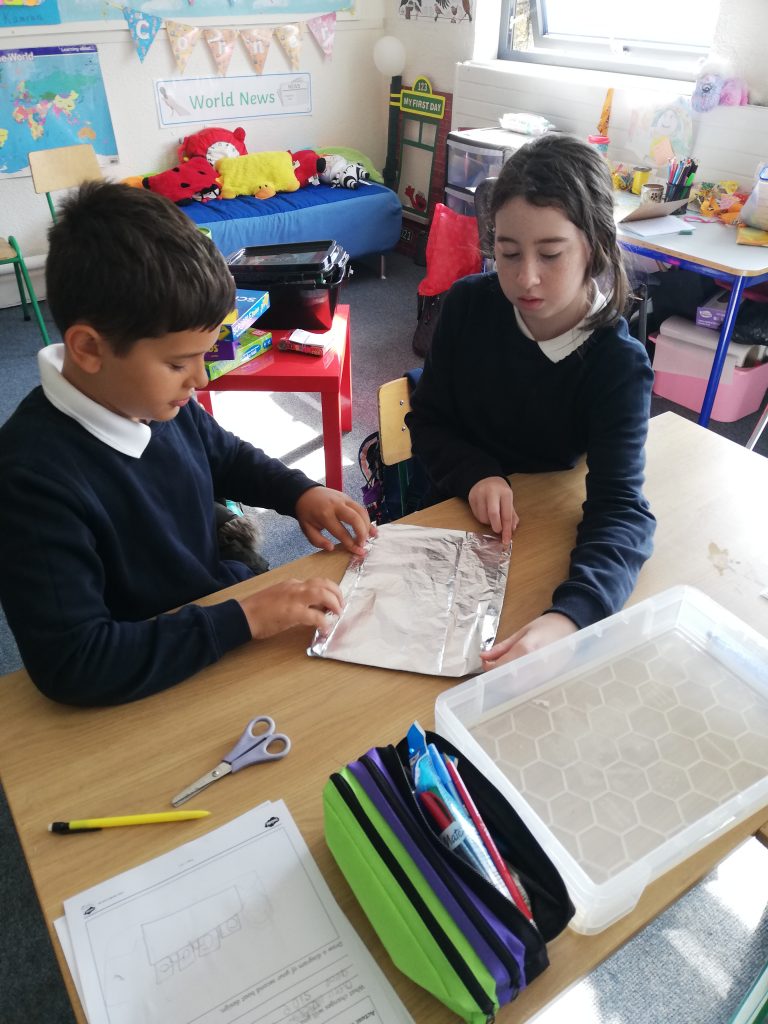







12:10 pm on September 28th, 2021
Brilliant guys